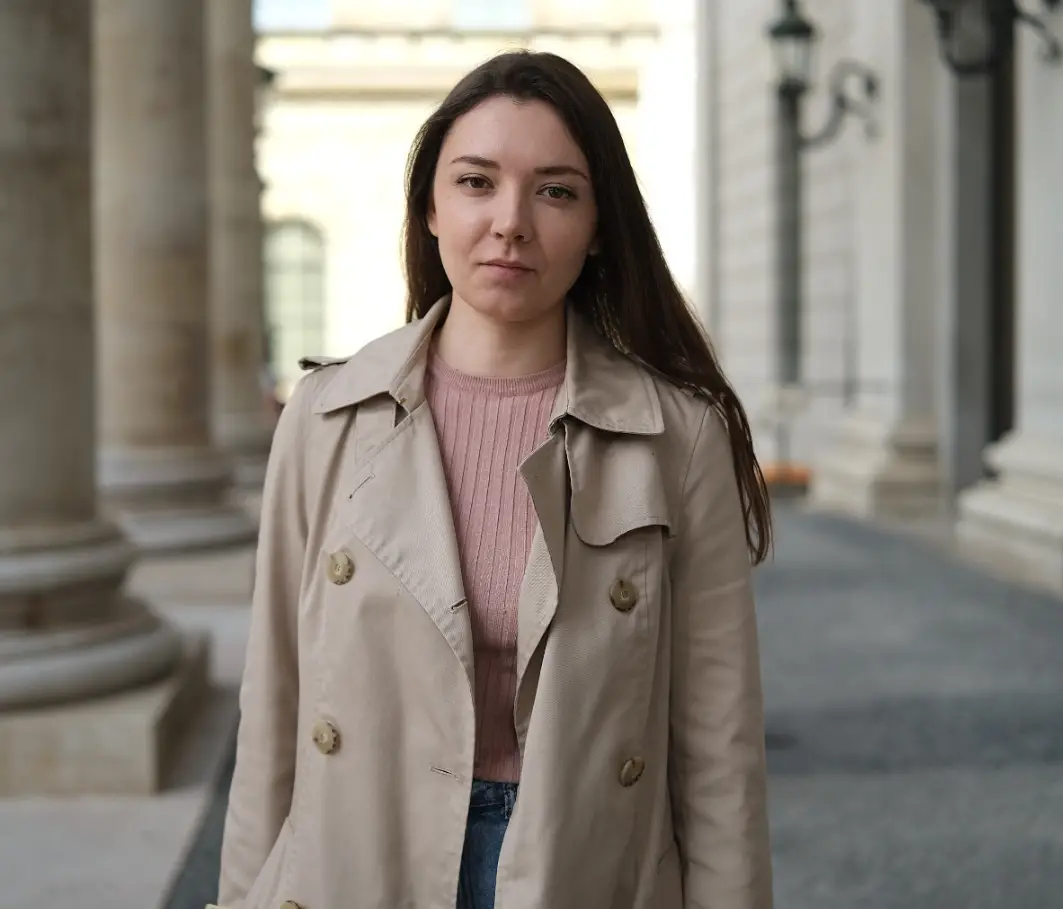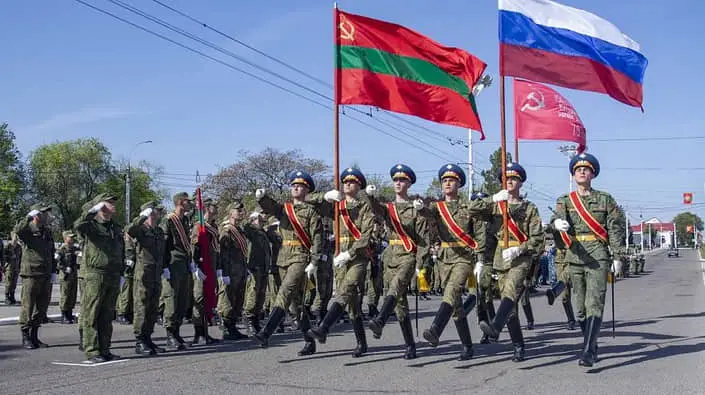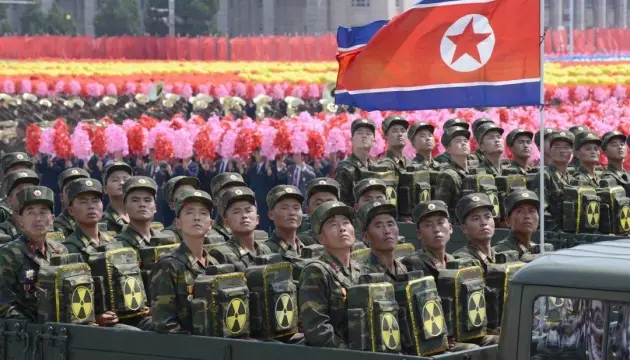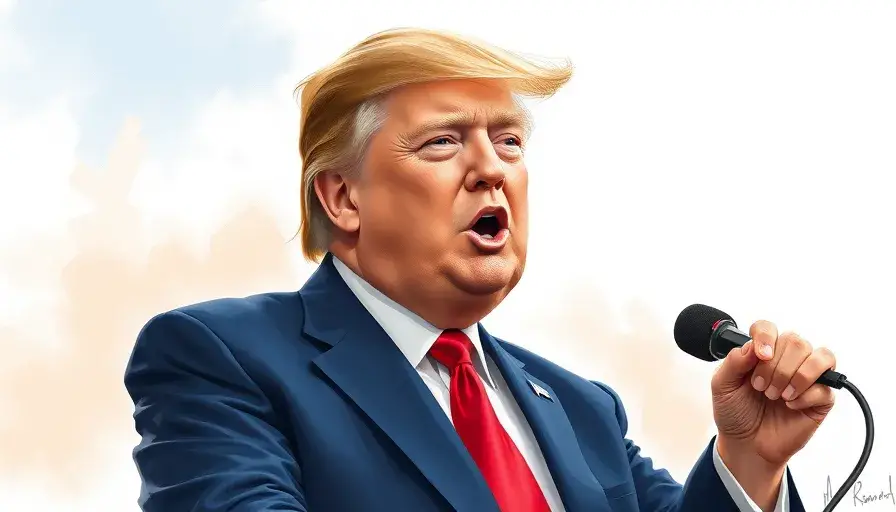Political Crisis in Israel: Causes and Consequences
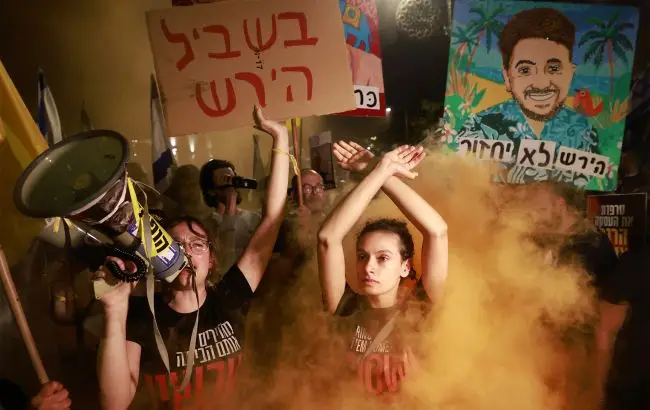
What Will Be the Consequences of Uncertainty in Negotiations with Hamas?
On September 1, 2024, massive protests erupted in Israel following the discovery of the bodies of six hostages in the Gaza Strip. These hostages had been kidnapped by Hamas militants during the October 7, 2023, attack on Israel. This revelation triggered widespread outrage among the Israeli public and led to the largest demonstrations in the 11 months of ongoing war. Protesters demanded swift and decisive action from Prime Minister Benjamin Netanyahu’s government to free the remaining hostages still held by militants.
The Killing of the Hostages
On September 1, the Israeli military announced the discovery of six hostage bodies in an underground tunnel in southern Gaza. Among the deceased were Eden Yerushalmi, Ori Danino, Carmel Gat, Gersh Goldberg-Polin, Almog Sarusi, and Alexander Lobanov, who held both Israeli and russian citizenship. According to the Israeli Defense Forces (IDF), all six were killed shortly before their bodies were found.
This horrifying news sparked widespread protests across the country. Demonstrators accused the government of delaying negotiations with Hamas and failing to take real action to free the hostages. Protesters blocked streets, held rallies outside the prime minister’s residence, and demanded Netanyahu take responsibility and explain why a deal with the terrorists had not yet been reached.
Strike and Social Unrest: The Country Blocked
Israel’s largest labor union, the Histadrut, joined the protests. Union leader Arnon Bar-David announced a general strike that affected most sectors of the economy. The country’s main airport, Ben-Gurion, was shut down, transportation was halted, roads were blocked, and many cities experienced the suspension of hospital services and industrial operations.
Tensions were especially high in Tel Aviv, where hundreds of thousands of people took to the streets demanding decisive action from the government. According to Israeli media, around 500,000 people joined the demonstrations. Police used water cannons to disperse protesters who blocked key highways, and 29 individuals were arrested.
Despite a court order to end the strike by 2:30 PM, protest organizers declared it would continue until 6:00 PM. Some municipalities, businesses, and banks did not support the action, but in many cities, including Jerusalem and Tel Aviv, government institutions were significantly disrupted.
Political Pressure and Division within the Government
The protest movement intensified against the backdrop of uncertainty in negotiations with Hamas. Prime Minister Netanyahu’s government is under constant pressure from the public and political opponents. Defense Minister Yoav Gallant, who has clashed with Netanyahu multiple times, called for a deal to be made. Former Prime Minister Yair Lapid also joined calls for a peaceful resolution, speaking at a rally in Tel Aviv.
Netanyahu, for his part, stated his intention to reach an agreement with Hamas but warned that "those who kill hostages don’t want deals". He accused Hamas of provocation, emphasizing that the terrorist group is using hostages as leverage for political pressure.
Meanwhile, divisions within the government are growing. Finance Minister Bezalel Smotrich demanded a ban on the strike, accusing the unions of political coercion. At the same time, the "Tikva" Forum, representing the families of the hostages, called for Hamas to be destroyed through military means and opposed any agreements with the militants.
Negotiations at a Standstill
Negotiations between Israel and Hamas, mediated by the U.S., Qatar, and Egypt, have not yielded the expected results. While some aspects of the agreements have been settled, key issues remain unresolved. One of the main sticking points is control over the so-called Philadelphi Corridor, the area between Gaza and Egypt through which Hamas receives weapons and other vital resources.
At the same time, Hamas representatives have stated that the group will not sign any agreement unless Israel withdraws its military presence from Gaza. Fighting between Israeli forces and Hamas militants continues in several areas of Gaza, further worsening the situation.
Conclusion
The mass protests sparked by the killing of hostages highlight a deep division within Israeli society and escalating tensions over the unresolved conflict with Hamas. The political situation in Israel is becoming increasingly complex, with growing pressure on Netanyahu’s government. Despite calls for peace and negotiations, resolving the crisis seems unlikely without addressing the key differences between the parties involved.


